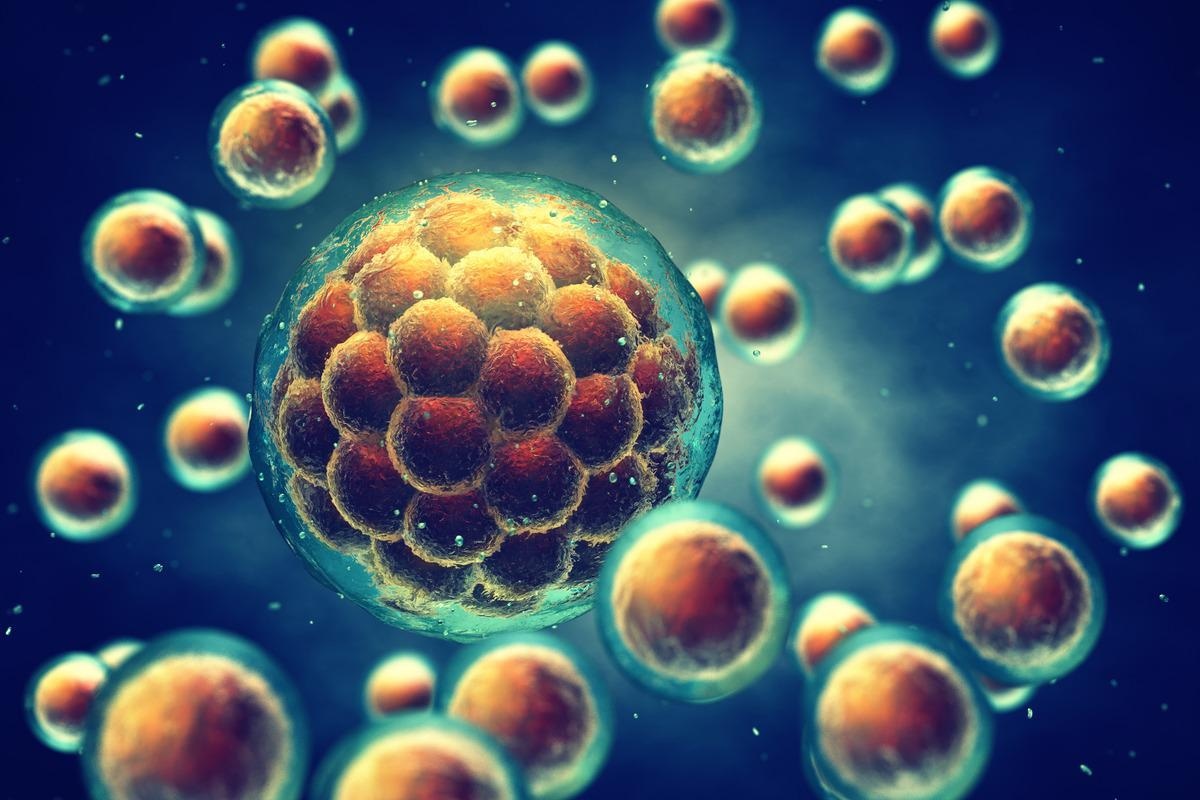Reviewed by Danielle Ellis, B.Sc.Jun 17 2022
The biochemical signals that determine the formation of the body pattern in the primate embryo have been found by scientists. This will direct research into human birth abnormalities and pregnancy loss.

Image Credit: nobeastsofierce/Shutterstock.com
The study also offers a critical reference for lab-grown fetal tissue, which is in low supply yet required for drug testing and research into stem cell-based therapies to restore body tissues in diseases such as Parkinson’s.
From a cluster of cells, embryos grow into highly organized structures. The signals driving this transformation, however, have remained concealed from view within the womb until now.
Researchers have created molecular maps of the second week of pregnancy that have never been seen before by measuring gene activity in three dimensions. Their findings were published in the journal Nature.
This work will provide a definitive laboratory reference for future studies of early embryo development, and the embryonic origins of disease.”
Dr Thorsten Boroviak, Study Senior Author, Department of Physiology, Development and Neuroscience, University of Cambridge
One of the most puzzling, but crucial, periods of embryo development is the second week of pregnancy. One of the leading reasons for early pregnancy loss and birth abnormalities is the failure of development during this period.
Boroviak previously demonstrated that the first week of development in marmoset monkeys is strikingly comparable to the first week of development in humans. However, Boroviak was unable to investigate week two of development, after the embryo had been implanted into the womb, using existing technologies.
The team was able to follow down the early signals driving the development of the body axis—when the embryo’s symmetrical shape begins to shift—using a new laser-assisted approach. One end commits to developing into the head, while the other end develops into the “tail.”
Asymmetric signals are produced by the embryo and transient structures that support the embryo throughout development, such as the amnion, yolk sac, and placental precursors, according to the researchers.
Our virtual reconstructions show the developing embryo and its’ supporting tissues in the days after implantation in incredible detail.”
Dr Thorsten Boroviak, Study Senior Author, Department of Physiology, Development and Neuroscience, University of Cambridge
The blueprint paves the path for further research into human reproduction and development. Using altered embryo models, the team hopes to examine the causes of pregnancy difficulties and birth disorders in the future. Scientists will be better equipped to comprehend how human development might go awry and take action to correct issues if they learn more about it.
In the lab, the pre-implantation stage, which occurs before the growing embryo implants into the mother’s womb, has been widely researched. The embryo implants into the womb on the seventh day in order to live and develop. Because the human embryo becomes inaccessible for research once it implants, nothing was previously known about its development.
Boroviak and their colleagues studied implanted embryos of the marmoset, a tiny New World monkey since they are quite similar to human embryos at this stage of development.
Source:
Journal reference:
Bergmann, S., et al. (2022) Spatial profiling of early primate gastrulation in utero. Nature. doi.org/10.1038/s41586-022-04953-1.